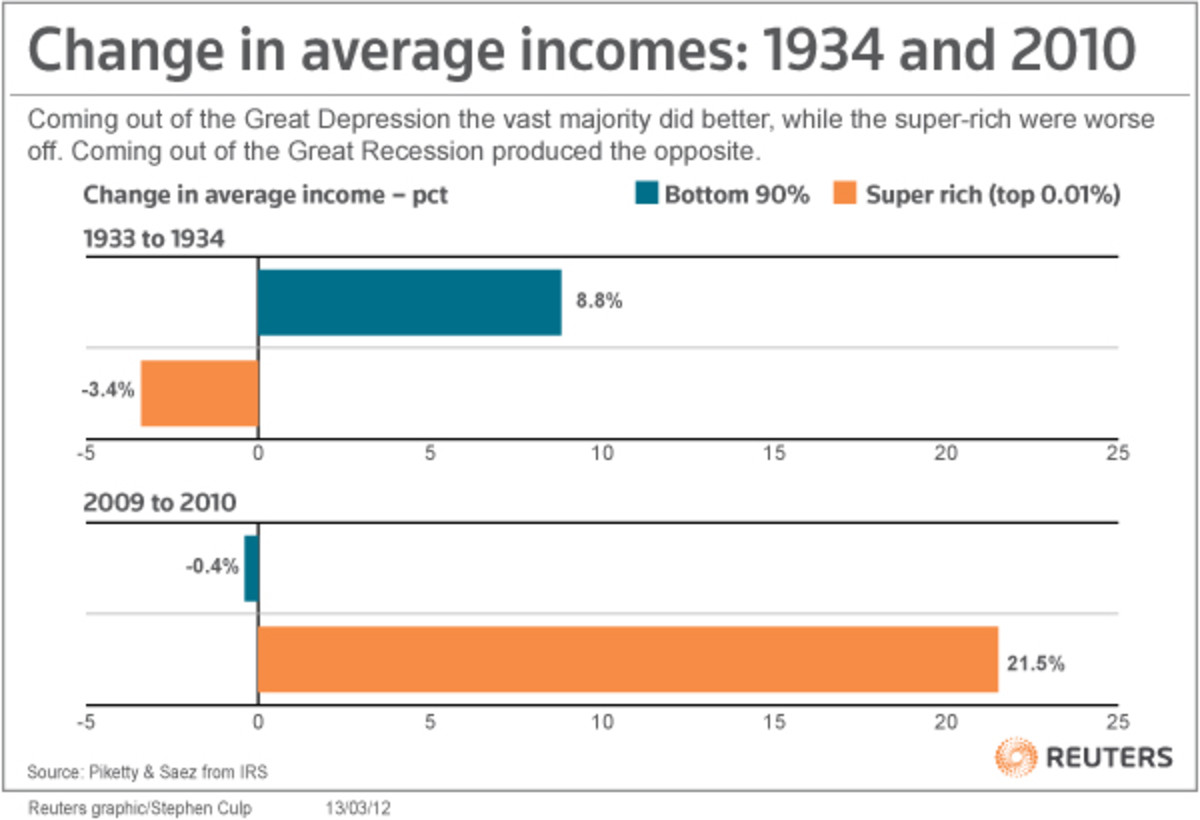Can the United States Congress Deal With Its Gridlock and Get Something Done? Maybe.
Two Big Stumbling Blocks to Collaboration
Let us consider two of the major obstacles to negotiation and co-operation in the halls of Congress. One obstacle is worry about hostility from Donald Trump, should he be displeased about any given scheme. The perception is that he can, and will, seriously damage the careers of Republican legislators who oppose his wishes.
The second obstacle centers on misperceptions about what those other folks think—those folks that belong to that other party. But a recent study entitled, ‘The Perception Gap: How False Impressions are Pulling Americans Apart,’ indicate how members of both parties tend to stereotype one another, often incorrectly. According to the study, opinions of Democrats and Republicans overlap more than they think.
Fear of Presidential Retaliation and a Possible Remedy
First, let us look at whether Donald Trump really needs to be feared as much as he is. Despite all the roaring crowds at the rallies, the president may not be able to inflict as much damage at the polls as the Republicans (and perhaps Donald Trump, himself) think he can. That roaring base shares one anger with the entire political electorate—the anger over gridlock in Washington. Americans of all political persuasions are dismayed and exhausted by a seeming, not inability, but unwillingness to tackle some major problems.
The public’s anger could be the solution to circumventing any hostile reactions from President Trump. Harness that anger and handle it effectively, Trump’s base—and others—could be whipped up in reverse. While Trump's angry words are often perceived as a great willingness to fight for 'his' base, that's no guarantee a solid piece of viable legislation might not interest them. Any attempt to scuttle that legislation might draw the wrath of base members. At the very least, they might be disinclined to turn on legislators that displease him, but not them.
BUT the KEY to such a shift would be COMMUNICATION. If constituents are not told, clearly, the details of a plan and the reasons behind those details, that’s a recipe for failure. If legislators seriously, persistently, and lucidly talk to their constituents directly, not through Trump, some folks may become less interested in those rallies.
Dear Congress,
Speak up. Speak loudly. Write those newsletters. Send out those emails. Hold those ‘Town Meetings’ that have become popular in recent years. Keep in mind, however, those ‘Town Meetings’ must provide more than a session of catharsis. Catharsis is a dangerous emotion. Everyone has a good cry or tantrum. Feels better. But nothing concrete has been accomplished. The catch is that Congress would actually have to enact real solutions.
If the United States Congress just reined in the pharmaceutical companies (the biggest lobbying group in Washington) and brought down the price of prescription drugs, Americans would probably hold a coast-to-coast block party to celebrate. If, given the latest gun violence, the Congress could pass a serious bill on effective background checks, respect for the Washington crowd might start rising again.

Perceptions versus Reality
Now let us return to the study, ‘The Perception Gap’ conducted by the organization, More in Common. In the article’s Executive Summary, its authors write, “It compares the extent to which Republicans and Democrats think they disagree with the amount they actually disagree: a Perception Gap. It also examines how personal attributes (e.g. education attainment) and behaviors (e.g. media consumption) can broaden or narrow the Perception Gap.” In other words, views of people of both parties overlap more than they realize. The authors write, “In reality, the results of this study suggest that Americans imagine themselves to be far more divided than they really are.”
Another quote from the study states that “On average, Democrats and Republicans believe that 55 percent of their opponents’ views are extreme, but in reality only about 30 percent are.” More in Common, surveyed members of both parties, querying them as to what they believed typical members of the opposite party thought. Here is an example of how the survey worked.
For example, Republicans were asked if “Properly controlled immigration can be good for America.” 85% of responding Republicans agreed with the statement. When Democrats were asked what percentage of Republicans agreed with that statement, responding Democrats estimated only 52% would agree. That is a ‘percentage gap’ of 33%. Independents estimated that 65% of Republicans would agree yielding a smaller ‘percentage gap’ of 20%.
Democrats were asked if they agreed or disagreed with the statement “The US should have completely open borders.” 71% said that they disagreed. Republicans estimated that only 38% disagreed yielding a ‘percentage gap’ of 33%. Independents estimated that 48% of Democrats disagreed with the statement yielding a smaller ‘percentage gap’ of 23%.
The study’s authors report that a greater number of Americans, Democrat, Republican, and Independent, gravitate toward ‘mainstream’ views rather than to ‘extreme’ views. In other words, political groups agree with one another (or at least have common ground) more often than they realize. Such people are members of what the authors refer to as the ‘Exhausted Majority.’ The “more politically partisan” groups, the ones on either end of the political spectrum, who “hold more exaggerated views of their opponents,” the authors call ‘The Wings’.
(There is a great deal more about who is the most likely to perceive and misperceive in the study. For more information go to www.moreincommon.com/s/The-Perception-Gap.pdf)
One reason these misperceptions occur may be that so much attention is focused on the words and actions of these ‘Wings’. The middle, the mainstream of the American political scene, often seems neglected. (Is it not dramatic enough for headlines and sound bites?) If members of the two parties could focus on misperceptions occurring, and then focus on where they agree AND, if the public could SEE them finding and/or creating common ground, then that ‘Exhausted Majority,’ in and out of elective office, might catch a second wind and successfully deal with a few major problems. Let us briefly look at one problem, health care.
One Major Problem, Health Care
Although the United States is known for great innovations in medicine, overall this country spends more on and obtains less in health care than any other industrialized nation. There is a great deal of screaming (particularly from those who have a vested monetary interest in the present convoluted system) about how terrible ‘socialized medicine’ is and how we don’t want it in the states. However, in truth, European nations have a variety of systems, some all public, some a mixture of public and private input. They all seem to work in that their health care stats are better than those of the US. Can we adopt whatever others do wholesale? Of course not. So what do we do?
Some time back, I wrote a piece on how we might go about improving our health care system. The piece was not about what specific changes we should make. It was about how we might study the problem. Look back to the writing of the United States Constitution. When James Madison was preparing for what would become the Constitutional Convention, he read and studied everything he could find on the structures and the histories of every form of government known. He arrived at the convention with a suggestion that became the core of the new governmental design, what we came to call federalism.
All I suggested was that we do the same with health care. We invite medical and governmental officials from all those other nations, those ones with better health stats, to explain to the Congress their particular systems and the reasoning behind decisions. Each country has a different system based on what its framers thought would work best for that individual society.
Some methods within all these systems may resemble one another; others won’t. Our studying what others do, in addition to studying what we in the US have now, we might be able to come up with a design, uniquely American, which would serve us better than our present system that threatens to bankrupt us, as it grows increasingly expensive—while still leaving some people uncared for.
(For anyone who wants to look at the rest of what I said, go to: https://soapboxie.com/social-issues/Health-Care-Reform-A-Possible-Approach-to-Figure-Out-What-to-Do)
One Enormous Aspect of that Problem, Medications
But while we wait for Congress to tackle health care on a broad scale, Congress could tackle specific problems within health care, for example, the cost of drugs. The pharmaceutical companies are incredibly profitable and little is done to rein them in. There have even been charges of collusion amongst manufacturers of generic drugs to keep the price of some generic drugs up.
One argument pharmaceutical companies make for high prices, as they try to divert attention from how profitable they are, is the cost of clinical trials. Yes, the trials are expensive. However, much basic research, into diseases and potential medications, is financed by dollars from charities and the federal government. The companies are hardly bearing the financial burdens of research by themselves.
The Center for Responsive Politics reports that from 1998 through this unfinished year of 2019, the pharmaceutical industry has laid out $4,222,052,092 for lobbying. In that same time period, the industry that is second on the list for expending money, the insurance industry, spent $2,857,223,698. That is a distant second. We would have to multiply that number 1.47 to get near to what the pharmaceutical companies spent.
In addition to lobbying Congress, companies lobby the doctors directly, sometimes persuading them to recommend a drug that is more expensive than others available. The more expensive item is not always an improvement for the patient. For example, the price of insulin, which has been around for more than one hundred years, is skyrocketing.
Pharmaceutical companies keep tweaking this substance, filing patent after patent as they ‘improve’ the product, (some of the improvements have been useful), keeping their latest forms under patent protection. However, studies indicate many patients do just as well on some older forms of insulin, which would be eligible for generic production. But many doctors are reluctant to prescribe older forms. Are they as susceptible to Madison Avenue hype as the rest of us? Hype brings us new and improved detergent that really isn’t any better than what we’ve been using all along.
Hype fueled by money can be as deadly as any disease.
Bibliography
Centers for Disease Control and Prevention
Editors of AARP. “Why Drugs Cost so Much.” AARP Bulletin. May 2017.
Florko, Nicholas. ‘Everyone is at fault’: With insulin prices skyrocketing, there’s plenty of blame to go around. https://www.statnews.com/2019/02/19/n.
Kane, Jason. Associated Press. “Health Care Costs: How the US Compares with Other Countries.” PBS NewsHour Rundown. October 22, 2012.
McGreal, Chris. How big pharma's money-and its politicians-feed the US opioid crisis. The Guardian Weekly. Thursday. 19 October 2017.
Mounk, Jascha. https://theatlantic.com/ideas/archieve/2019/06/republicans-and-democrats-don’t-understand-each-other/59234
Yudkin, Daniel, Stephen Hawkings, and Tim Dixon. The Perception Gap: How False Impressions are Pulling Americans Apart. Hidden Tribes: More in Common. June 2019.
© 2019 Teddi DiCanio








